SD cards for security camera is an innovative edge storage solution for security camera that is gaining acceptance and application.
Edge storage technology — the recording of video and storing it at the camera or on a directly attached storage device instead of in a centralized recording facility across the network — is quickly gaining acceptance and is being more broadly adopted into IP video surveillance applications.
The use of edge storage in an IP camera enables video surveillance solution developers more flexibility and cost benefits in system design. By leveraging local microSD card-based storage, system integrators can optimize the design for IP network load/capacity availability, recording redundancy and mobile access.
Commercial/industrial video surveillance is a unique 24x7 recording application where readily available consumer/retail microSD cards are most likely not reliable enough; selecting a high-quality microSD card Innovative Edge Storage Solutions for the Video Surveillance Industry that is designed and firmware-optimized with industry leading camera manufacturers is critical to ensure a reliable, robust and low-maintenance system design. This brief will guide video surveillance professionals on selecting the right edge storage solutions for their designs to help deliver the benefits of edge storage.
How does edge storage work?
Today, most IP video surveillance cameras support edge storage with a built-in microSD card slot. The on-board storage enables direct video recording and provides remote applications — such as a network video recorder (NVR), central monitoring system with video management software (VMS), or mobile devices — the ability to retrieve video archived in the memory card through the network.
Below is a typical system typology for enterprise deployment using edge storage solutions (microSD cards).
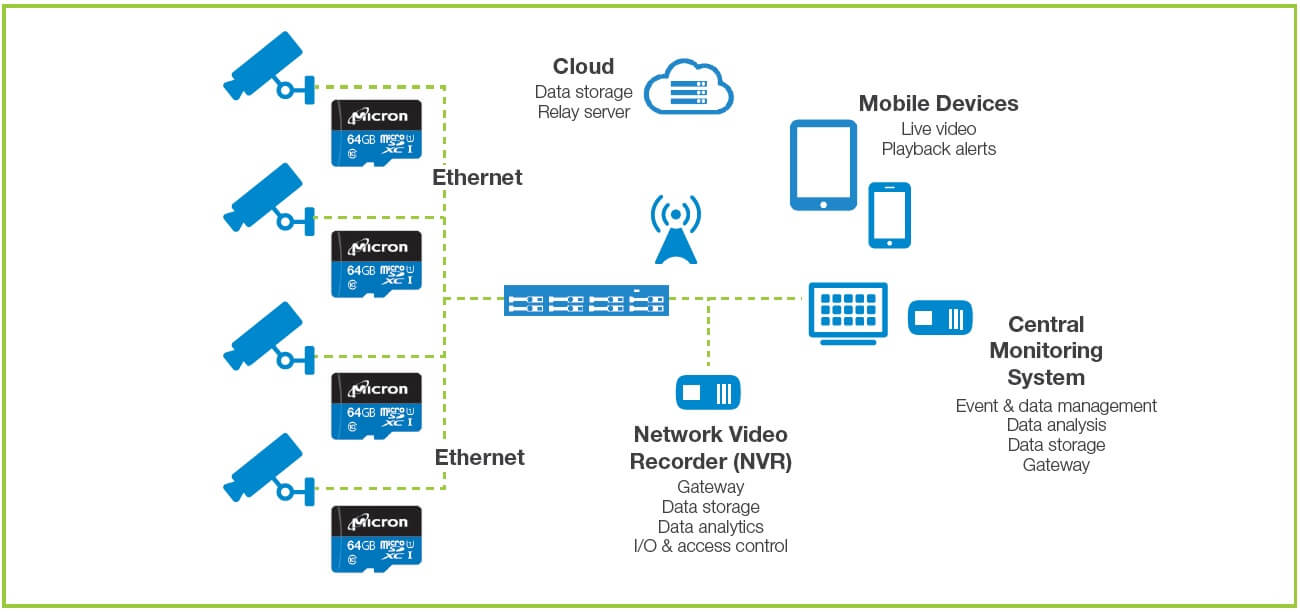 Figure 1: Typical enterprise deployment of an edge storage solution
Figure 1: Typical enterprise deployment of an edge storage solution
Edge storage use cases for IP video surveillance
Emerging applications with early deployments are addressing three primary use cases for IP video surveillance: recording redundancy, network load optimization and recording system replacement.
Recording redundancy
In high-assurance enterprise applications (like banking, government and city surveillance systems), edge storage is used to reduce the risk of data loss. Edge storage keeps a second copy of the recorded video in case any issues related to primary network-based storage occur, including network reliability issues. The recorded video in the microSD card can be synchronized to backend systems (NVR/VMS) to improve overall system reliability.
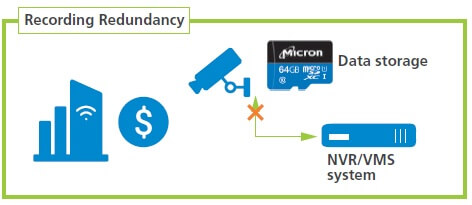 Figure 2: Enterprise back-up storage in IP video surveillance
Figure 2: Enterprise back-up storage in IP video surveillance
Network load optimization
In some situations, video streaming transmission quality suffers because of limited or inconsistent bandwidth (such as in wireless locations, shared infrastructure locations or large footprint locations). In these instances, edge storage can cache or buffer the video until the optimal time for the network to backhaul information. Additionally, edge storage can be leveraged to optimize bandwidth and video quality, with higher quality video recorded locally at the edge while standard quality video is viewed remotely. It can even synchronize recorded high-quality video to the backend system (NVR/VMS) when network bandwidth is not limited.
Edge storage can help optimize network loading, provide more flexibility from a topology/design perspective and lower overall cost of ownership. As an example, most enterprise deployments currently overlay the surveillance network over a pre-existing enterprise LAN network. Peak office-time IT traffic on the LAN can conflict with the bandwidth allocation necessary for surveillance cameras. By using edge storage instead, system designers can reduce surveillance traffic load on the LAN during peak office hours without compromising the effectiveness of the surveillance system. This enables greater flexibility and cost savings in network design.
Historically, network load optimization has been serviced using lower-density SLC flash technology in the microSD card (4GB and 8GB) because of SLC’s higher endurance capability; however, next-generation MLC-based IP video surveillance-specific microSD cards (32GB and 64GB) will be more beneficial in both cost and increased caching.
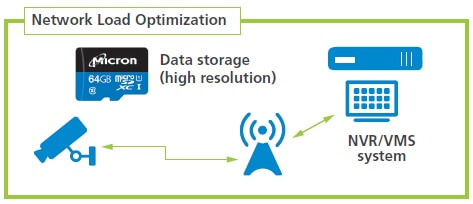 Figure 3: Network load optimization in IP video surveillance
Figure 3: Network load optimization in IP video surveillance
Recording system replacement in SMB verticals
Most IP video surveillance systems still rely on backend recording solutions (NVR/cloud) for data storage. However, in some small medium business (SMB) IP camera deployments, it’s possible to eliminate the need for a central NVR and use only edge storage by leveraging appropriate surveillance-specific microSD cards and adopting leading-edge video compression technology available in many IP cameras. A user can still remotely monitor their properties — through live video streaming or recorded archives — with their smart phone, PC or laptop.
Edge storage in this use case optimizes the volume of deployed devices in the field (NVR systems), reduces storage cost (no additional subscriber fee for cloud storage/NVR with HDDs) and lowers the uncertainty of privacy concerns (recording private data at the local microSD card).
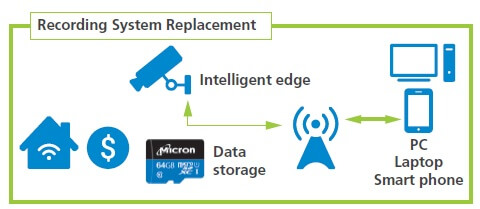 Figure 4: Recording system replacement in IP video surveillance
Figure 4: Recording system replacement in IP video surveillance
Challenges to edge storage in IP video surveillance
The vast majority of microSD cards available in the market today are intended for consumer use in digital still cameras (DSCs), car dash cams, or home cameras; they are not designed for commercial and industrial edge storage in IP video surveillance cameras. As a result, edge storage is viewed as ‘unreliable’ by many system integrators and installers. Most users do not understand that the lifetime and quality of the microSD card used in edge recording can vary significantly depending on what quality of card is selected. Selecting the wrong quality of microSD card can result in costly field failures occurring within months after deployment.
The major differences between memory cards in the market are:
- The NAND flash technology used in the card
- How well the firmware is optimized for 24x7 video recording
- How the NAND is tested and screened to improve overall product reliability
From an endurance perspective, edge recording in an IP camera is one of the heaviest workloads for memory and can quickly wear-out a consumergrade retail microSD card (finishing its useful life), after which storage is not possible until the card is replaced.
A common mistake today is the use of retail microSD cards in video surveillance deployments. Figure 5 is an example that highlights how quickly a 64GB retail card wears out in a typical video surveillance system with a continuous 8 Mb/s bit rate.
If recording to a retail microSD card for 12 or more hours a day, the retail memory card will likely fail within months of deployment.
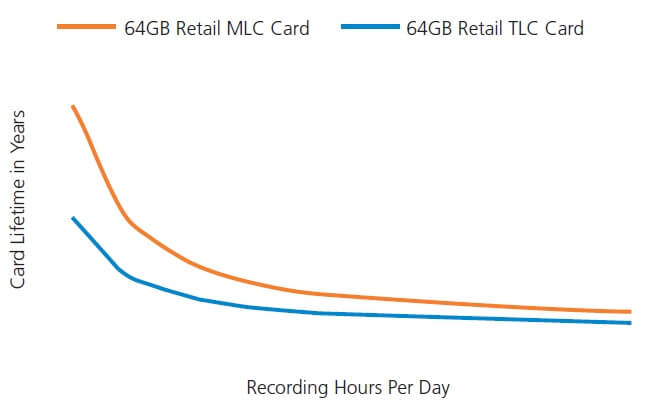 Figure 5: Typical retail microSD cards' useful life depending on hours
Figure 5: Typical retail microSD cards' useful life depending on hours
of recording each day
Recording Performance of an Edge Storage Device
Providing stable recording performance is another requirement for edge storage devices. For an application that needs 24/7 continuous recording, firmware must be tuned to support minimum steady state performance to guarantee all frames are recorded.
Again, a common mistake today is the use of a retail microSD card whose firmware is not optimized for 24x7 recording, and as a result, frames are dropped. Figure 6 shows a typical retail microSD card’s frame capture performance when configured as 8 Mb/s, constant bit rate, 30 FPS, continuously recording a one-minute video clip.
The frame capture rate below 1800 per minute is an indication of missing (dropped) frames. In many instances, the frame capture rate has dropped 20-30%, which would result in significant data loss.
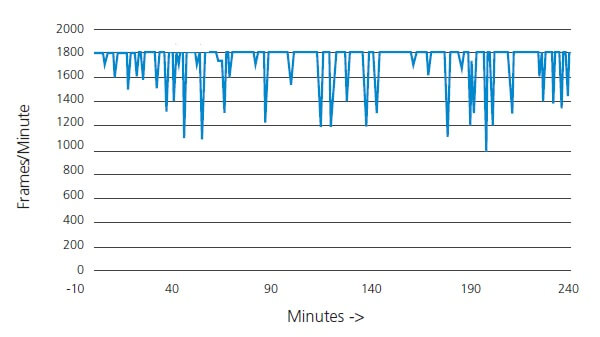 Figure 6: Frame capture rate (per minute) of a typical
Figure 6: Frame capture rate (per minute) of a typical
retail microSD card
Micron’s industrial card for edge storage applications
Leveraging expertise in flash technology and surveillance application knowledge, Micron has developed a surveillance-specific industrial card for edge storage usage in IP video surveillance applications. This card offers:
• High endurance
Designed for video recording, Micron’s industrial card is able to support 3 years or more of highquality continuous 24/7 video recording.
64GB: 3 years @ 8 Mb/s 24/7 continuous recording
32GB: 3 years @ 4 Mb/s 24/7 continuous recording
As shown in Figure 7, Micron’s industrial card (64GB at 8 Mb/s stream rate) provides significant lifetime advantage over typical retail cards in the field under continuous 24x7 recording.
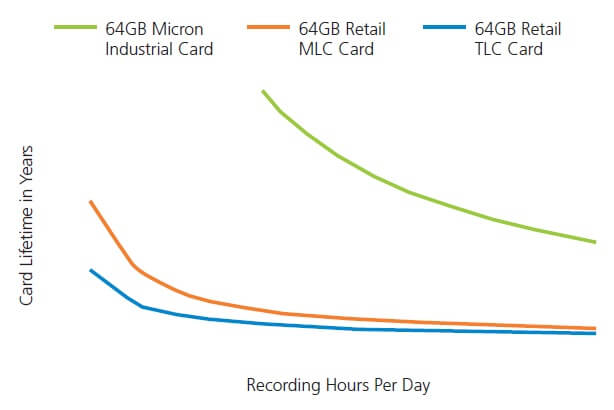 Figure 7: Micron's industrial card compared to typical
Figure 7: Micron's industrial card compared to typical
retail microSD cards in IP video surveillance applications
• Outstanding recording performance
Micron’s industrial card contains firmware optimized to provide stable performance for 24x7 high quality video recording with minimal frame drops.
 Figure 8: Frame capture rate of Micron's industrial card in
Figure 8: Frame capture rate of Micron's industrial card in
IP video surveillance applications
Video recording configuration: 8 Mb/s (constant bit rate), 30 FPS,
continuously recording one-minute video clips
• Industrial quality
Micron’s industrial card offers a reliable, higherquality microSD card for video surveillance usage with 2 million hours mean time to failure (MTTF) or an annualized failure rate of 0.44%; that’s 2X the reliability of surveillance HDDs used in NVRs today.
Micron achieves this level of reliability and quality by designing, manufacturing, screening and tuning the firmware in the card to meet surveillance video application requirements.
• Smart tool for health monitoring
Micron’s industrial card offers a health monitoring feature for IP camera integration which reports card usage and lifetime remaining. Systems can integrate this feature into their software to alert end users if replacement is necessary. With this feature, system downtime as well as maintenance costs from a total cost of ownership (TCO) perspective are reduced.
Conclusion

Edge storage is a new and exciting technology. Most IP surveillance cameras support microSD card slots, which allow edge storage to be integrated with no system or design changes.
The key to success for system integrators is to select a card specifically built for IP surveillance camera applications, instead of choosing a microSD card because it is easy to find or cheaper. Selecting a microSD card specifically designed for IP video surveillance cameras can bring more value and enhance system performance by providing recording redundancy, optimizing network load reduction, and lowering overall TCO in deployments under multiple use cases.